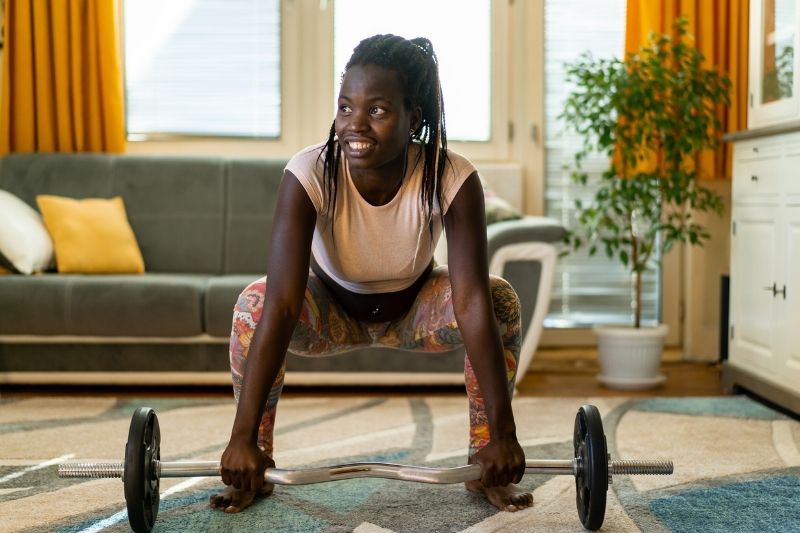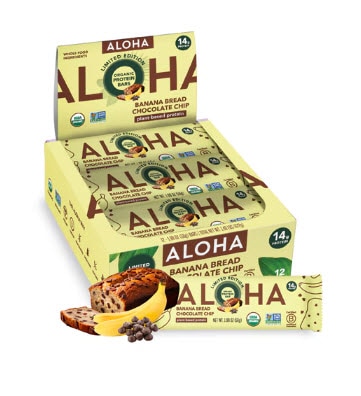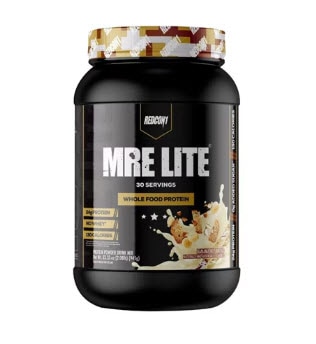HIIT workouts rose to fame in the 2010s with claims of powerful “after burn” effects and a weight-focused “fitspiration” mentality. While we’ve since learned that the post-HIIT calorie burn is less dramatic than predicted and that pushing yourself too hard too many days of the week can backfire, high intensity training remains a great way to fit in a solid workout in a short amount of time and boost your health while you’re at it.
But HIIT isn’t a one-size-fits-all prescription and your training. Your workouts should match your joints, energy and goals, as well as the phase of life you’re in. Here’s how to pick the right intervals and swap exercises so you leave feeling strong, not spent.
What is HIIT?
HIIT stands for high intensity interval training which involves alternating hard efforts with easier recovery to improve cardio fitness in less time. It’s important to note that “hard” is relative, which is why rate of perceived exertion (RPE) and impact options matter.
HIIT also doesn’t have to be high impact. Low-impact HIIT workouts are just as effective if you’re working at a high enough effort for your fitness level. That’s great news if you have cranky joints or if too many hops and jumps cause urine leaks or pelvic discomfort. Research shows women have a lot to gain from HIIT workouts, so long as you don’t overdo it and choose moves that agree with your body.
Set your five personalization dials
Personalization keeps HIIT effective and sustainable. Set these dials before pressing start.
1) Goal. Pick the target for today: cardio fitness, body recomposition, speed or energy.
2) Joints and pelvic floor. Choose high-impact moves if jumping feels great, or go jump-free if there’s discomfort, pressure or leakage. Intensity comes from effort, not impact.
3) Fitness level. Use RPE to scale. Aim for RPE 6-8 (out of 10) on work bouts and easy conversation pace on recovery.
4) Equipment. Bodyweight, bands, dumbbells, bike, rower or pool all work. Machine or pool options are joint-friendly options.
5) Schedule. Select 10, 20 or 30 minutes. Short blocks are legitimate training. Both low and higher-volume HIIT improve your health, so choose the dose that fits the day.
If you feel like you’re not recovering very well, lengthen your easy intervals or reduce the number of rounds. Research suggests women may respond differently to work-to-rest setups, so treat recovery as its own dial.
Choose your interval style
Pick one format that matches your joints and energy and plug in moves from your menu.
- Starter intervals = 30 seconds work, 60 seconds easy, 8-10 rounds, RPE 6-7. Great for building consistency and learning pacing. Low-volume formats like this will boost your VO₂max.
- Tabata blocks = 20 seconds hard, 10 seconds easy, 8 rounds, rest 1-2 minutes, repeat 2-3 times, RPE 8. Very time-efficient. Useful when time is tight and you want a strong cardio hit without a long session.
- 1:1 repeats = 40-60 seconds hard, 40-60 seconds easy for 10-15 minutes, RPE 7. A steady push that suits bike, rower, pool running or brisk bodyweight circuits.
Exercise menu: high-impact vs low-impact swaps
How to use this: Choose one move per category. Do your work interval, rest, then move to the next exercise. Rotate through for your total time. If anything feels sharp or your form changes, switch to the low-impact option and keep going.
Total-body power
- High impact: Squat thrusts
How to: Hands to floor, step or hop back, tight plank, step or hop in, stand tall. - Low impact: Walk-out to plank tap
How to: Walk hands out to plank, tap opposite shoulders, walk back in.
Hinge
- High impact: Kettlebell swings
How to: Hinge hips back, squeeze glutes to snap tall, bell floats to chest. - Low impact: Band or dumbbell hip hinges
How to: Soft knees, long spine, stop when hamstrings feel taut.
Squat pattern
- High impact: Jump squats
How to: Land softly, knees track over mid-foot, chest tall. - Low impact: Fast bodyweight or chair squats
How to: Tap chair lightly, drive through mid-foot to stand.
Lunge pattern
- High impact: Jump lunges
How to: Light, quiet landings, keep front knee stacked. - Low impact: Reverse lunges or step-backs
How to: Long step back, gentle knee kiss to floor if comfortable.
Push
- High impact: Decline push-ups
How to: Ribs down, elbows about 45-degree angles, full lockout at the top. - Low impact: Incline or wall push-ups
How to: Step feet back to find a challenging angle.
Pull
- High impact: Band high pulls
How to: Drive elbows up and out, stay tall, no lean-back. - Low impact: Seated band rows
How to: Squeeze shoulder blades, slow return.
Cardio
- High impact: High-knee runs or skaters
How to: Pump arms, land softly on mid-foot. - Low impact: Power marches or step jacks
How to: Big arm drive to elevate heart rate without jumping.
Core and anti-rotation
- High impact: Plank jacks or mountain-climber sprints
How to: Hips steady and imagine “zipping up” through the front of your torso. - Low impact: Dead bug or bird dog
How to: Exhale on reach, keep ribs stacked over pelvis.
Glutes and hip stability
- High impact: Broad jumps (short distance, stick the landing)
How to: Load hips, swing arms, land soft and balanced. - Low impact: Glute bridges or mini-band lateral walks
How to: Drive through heels, keep knees in line with toes.
Machine or pool options (joint-friendly)
- Bike/rower: 30-60 sec hard, 30-60 sec easy
- Deep-water running: Fast arms and knee drive against the water
Make it easier: Shorten the work interval, slow the tempo or elevate your hands for push-ups.
Make it harder: Add a pause at the hardest point, increase range or choose the high-impact option for one move per round.
Pelvic floor tips
If you’re noticing leaks, heaviness or pelvic pressure during intervals is a cue to adjust, not necessarily a reason to stop. Try this checklist:
- Pick the low-impact option
- Exhale on the effort and avoid breath-holding
- Keep ribs stacked over pelvis
- Shorten work bouts before dialing down intensity
- Gently contract the pelvic floor just before jumps, coughs or lifts.
If symptoms persist, pause high-impact work and build back gradually with strength and walking before re-introducing impact.
Put it into practice
HIIT might not be as hyped as the 2010s made it out to be, but it’s still a super effective way to break a sweat and boost your health. Set your five dials, pick one interval style and run the 10-minute plan this week. Track how it felt (breath, legs, heart rate, mood), then change just one dial next time to see how you do, always aiming to progress a little each week.




